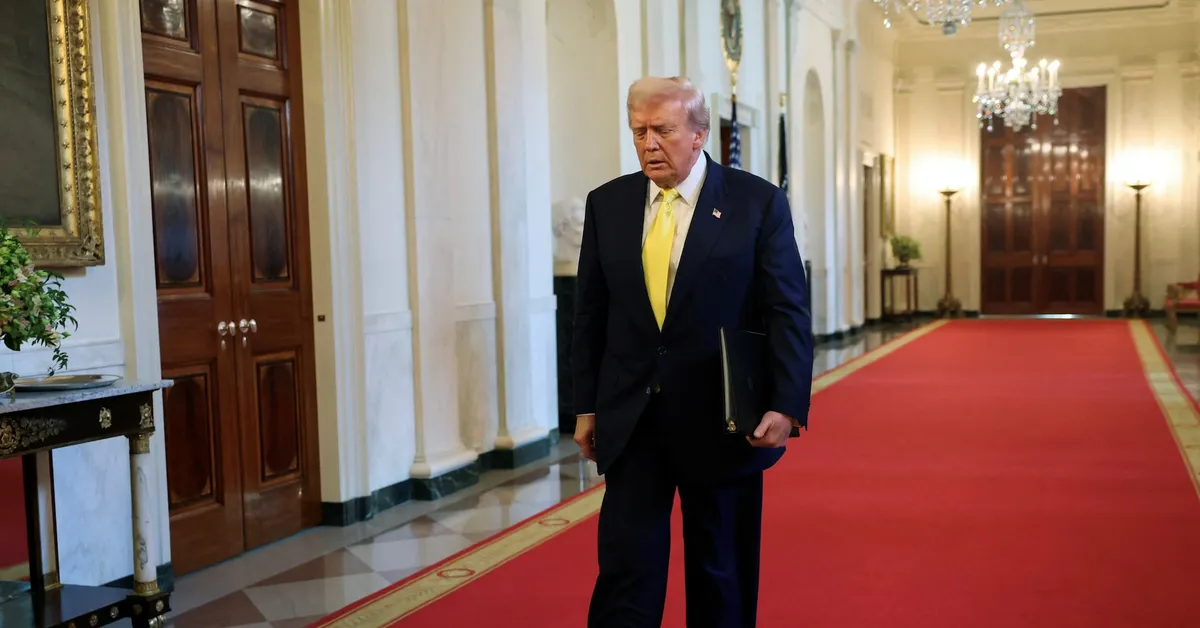
On August 10, 2023, the White House announced a new executive order mandating regulators to enhance access to alternative investments within 401(k) plans. This includes options such as cryptocurrency and privately owned companies. However, investment professionals caution that this new directive could introduce significant risks to the retirement portfolios of everyday investors who may not fully comprehend these complexities.
Christopher Bailey, the director of retirement at Cerulli Associates—a prominent asset management research firm—highlighted the lack of stress testing for these alternative investments. "None of it has been stress-tested yet in a market shock or long-term selloff," he stated. Key concerns include liquidity issues and potential fees associated with these investments.
While advocates, including those from the previous Trump administration, argue that investments in private equity, cryptocurrency, or companies like OpenAI and SpaceX offer the potential for superior returns, critics emphasize the inherent risks. They point out that these investments often lack the stringent disclosures required for traditional retirement plans and tend to carry higher fees. Philitsa Hanson, head of product at Allvue Systems, noted, "I don’t think people are talking enough about the potential for higher fees." She expressed that the executive order raises more questions than it answers.
Private equity funds and other alternative assets have historically attracted capital from wealthy investors, yet these vehicles are generally tailored for institutional investors and frequently involve complex fee structures. For instance, the traditional 2 and 20 structure in private equity entails a 2% management fee and a 20% share of any profits. In stark contrast, mutual funds, which dominate 401(k) plan assets, boast an average fee of only 0.26%, according to the Investment Company Institute.
Dmitriy Katsnelson, deputy chief investment officer at Wealthspire Advisors, which manages around $30 billion for high-net-worth individuals, noted that the executive order could potentially reverse the trend of the last few decades focused on reducing fees and minimizing risks. "It's going to take a while for people to come up with a framework to make this work and think about the risks," he remarked.
As alternative asset managers prepare to cater to the trillions of dollars tied up in employer-sponsored retirement plans, they will likely need to develop products that feature lower fees, enhanced liquidity, and improved transparency. Jason Kephart, an analyst at Morningstar, pointed out that the fees associated with alternative investments are often obscured within footnotes, making it difficult for plan sponsors to assess them. "I think there is going to be more light shed on all these fees and exactly where they are and make it transparent," he asserted.
Under the existing framework, investors can easily track daily fluctuations in their portfolio's performance and understand contributing factors. However, Hanson cautioned that this level of transparency may not be attainable for investments not traded on public exchanges. "Private equity and private assets are the opposite," she explained, highlighting the fundamental mismatch between systems designed for daily trading and illiquid assets.
This situation creates an obligation for asset managers and plan sponsors to enhance their outreach and education efforts, according to Bailey. He emphasized that typical retirement fund investors are not usually focused on optimizing their portfolios or considering the impact of adding private assets. Blackstone’s President and COO, Jon Gray, recently commented that private assets are more suitable for younger investors with a longer time horizon.
In light of ongoing legal challenges, including a recent appeals court ruling that dismissed a seven-year complaint, industry lawyers suggest that regulators must offer legal protections for asset managers and plan sponsors to facilitate the implementation of Trump's plan effectively.
As the landscape of retirement investing evolves, it is crucial for investors to remain informed about the risks and benefits associated with alternative investments in their 401(k) plans.